Inside the Metropolitan Museum of Art’s “Heavenly Bodies: Fashion and the Catholic Imagination” Exhibition
“Heavenly Bodies: Fashion and the Catholic Imagination” Exhibition
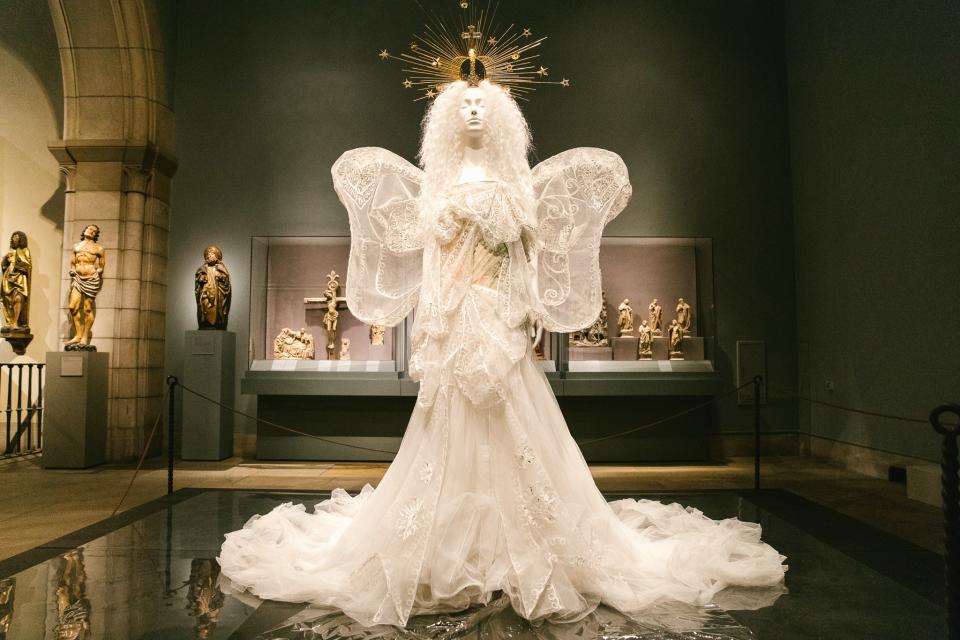
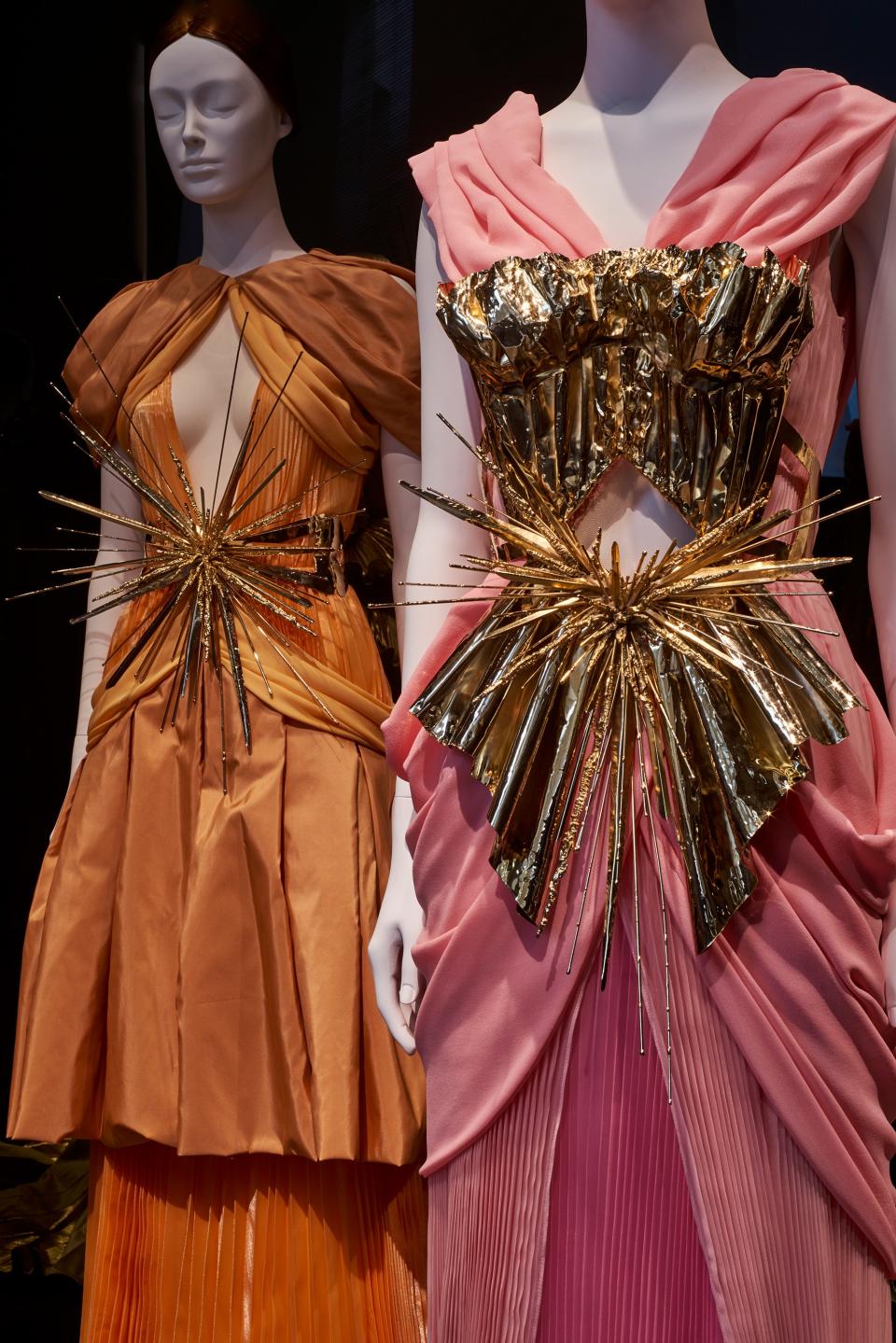
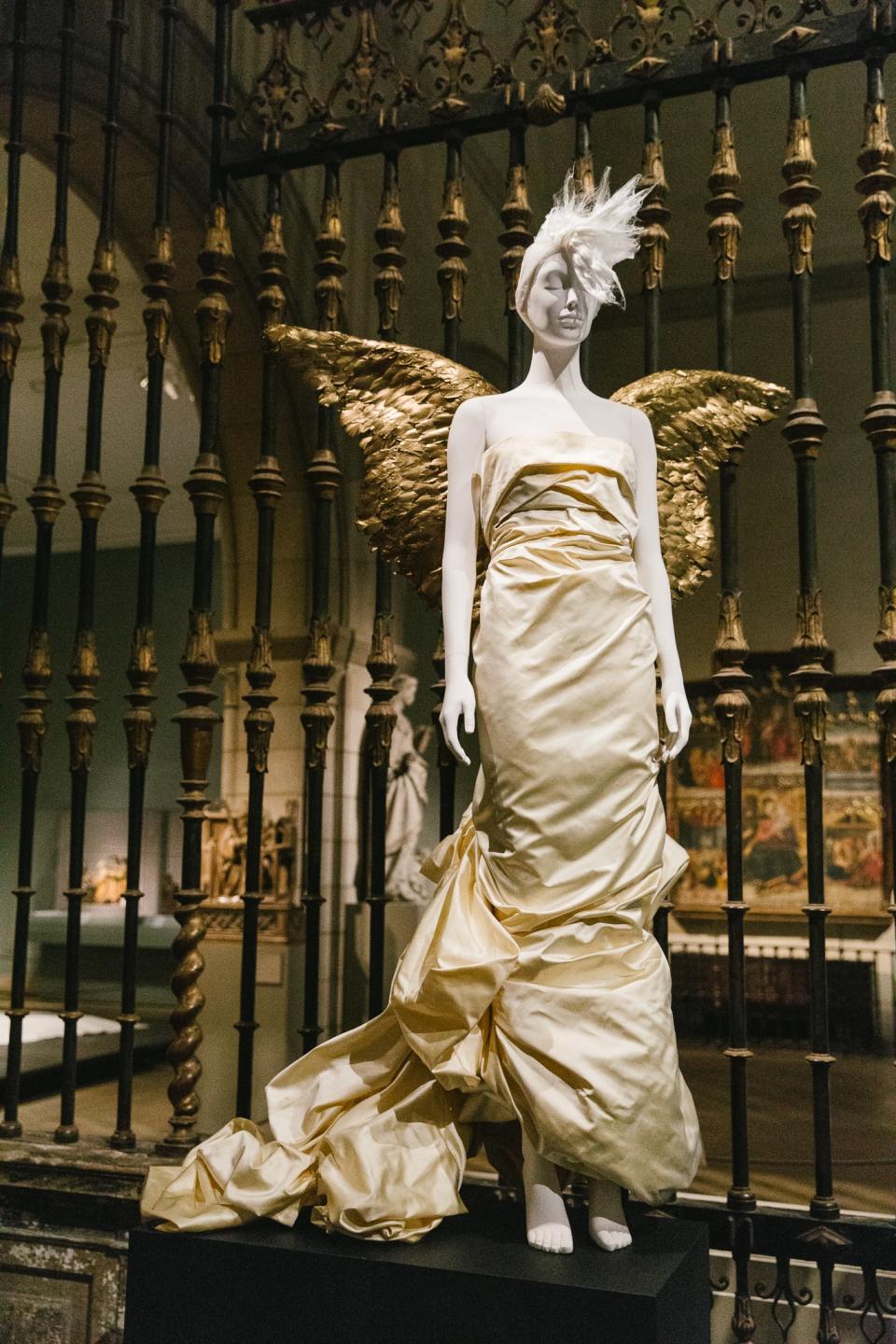
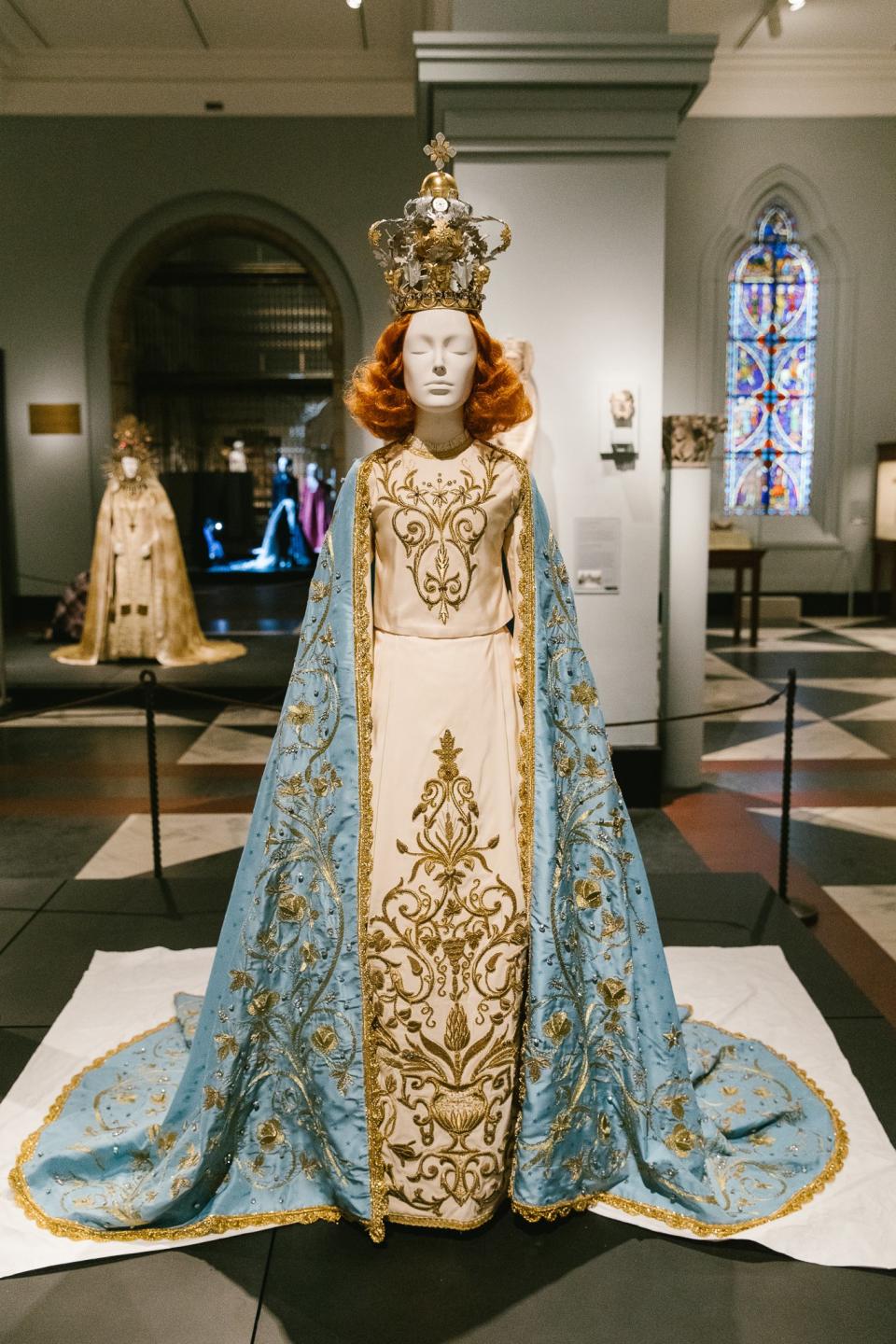
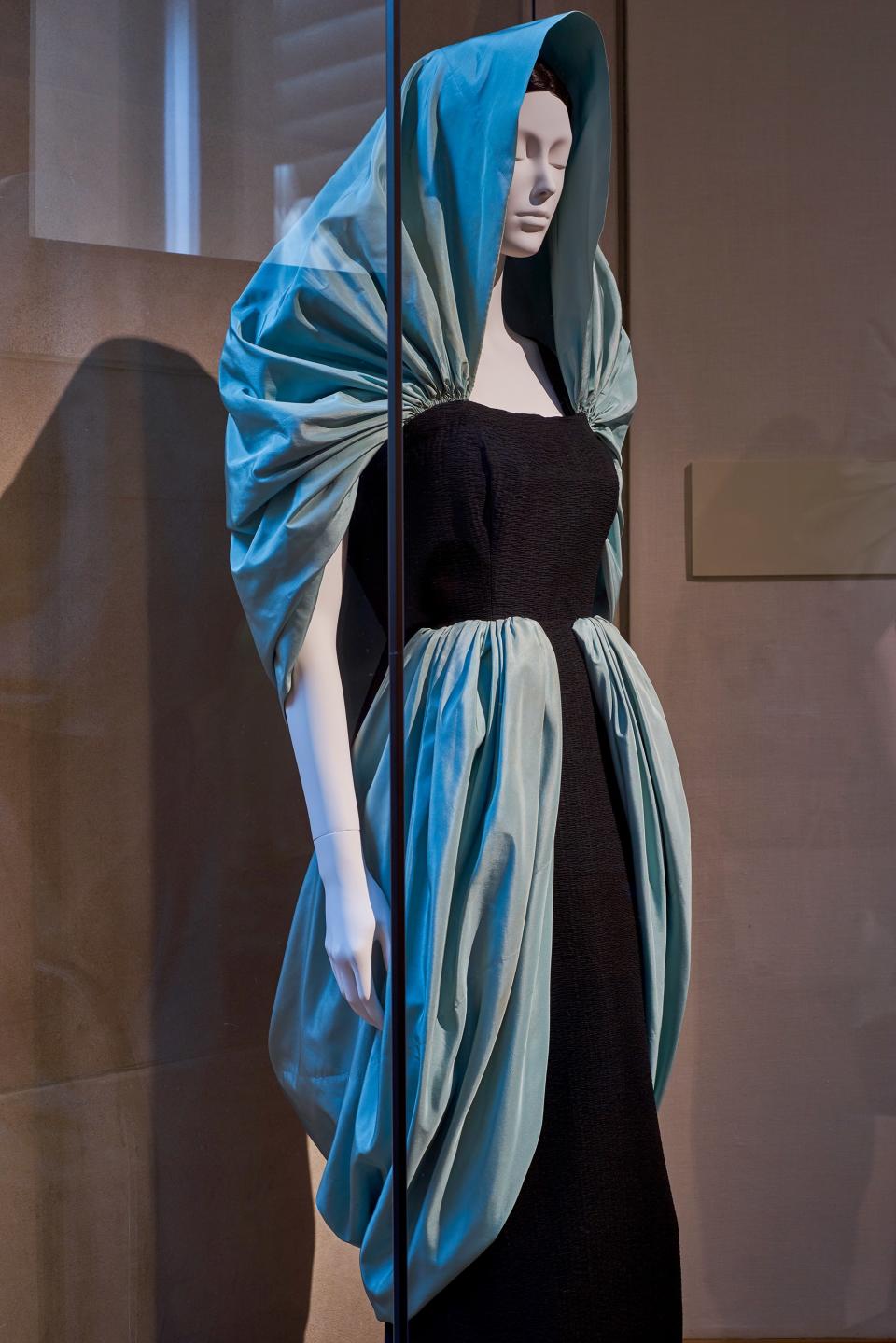
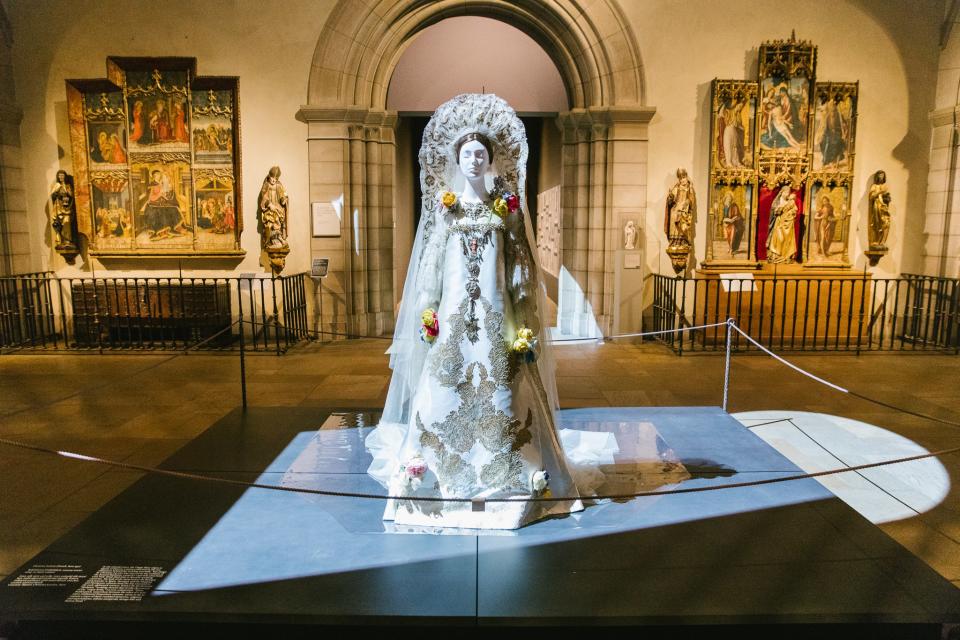
The new Metropolitan Museum of Art’s Costume Institute exhibition, “Heavenly Bodies: Fashion and the Catholic Imagination,” opens on Thursday, May 10. Curated by Andrew Bolton, the show will be the museum’s largest in terms of square footage, winding from the Anna Wintour Costume Center through the museum’s Medieval galleries and into the circular Robert Lehman Wing, with another group of installations annexed in the Cloisters. Through a partnership with the Vatican, the show marks the first time certain papal vestments have ever been on display outside of Vatican City; they will be presented in a separate space from the contemporary fashions. But not only is Bolton’s latest show impressive in terms of scale and scope, it’s also remarkable for how it tackles what he calls the “underlying nervousness” in discussing the relationship between religion, art, and clothing.
On the surface, “Heavenly Bodies” breaks down the visual traditions of Catholicism to connect the holy with the haute. Catholic iconography has long inspired designers, from Coco Chanel to Gianni Versace to Domenico Dolce and Stefano Gabbana. So have religious silhouettes, as evidenced by Pierpaolo Piccioli’s recent habit-like dresses for Valentino and Cristóbal Balenciaga’s monastic white wedding gown from 1967. Catholicism, of course, has nearly 2,000 years of symbols to rely on, and so its influence looms large on fashion.
Aside from the clear homages to Catholic style mentioned above, there are also more surprising ones in the exhibition, like Rick Owens’s infamous genital-baring tunics for men from 2015. Those, according to the catalog, are a riff on the drunken monk stereotype from The Canterbury Tales. The show’s fantastically composed catalog, with imagery by Katerina Jebb, does a lot of legwork for the viewer, decoding the meaning of certain styles of Catholic dress and explaining the importance of hierarchy and pageantry in the church’s public-facing efforts, while also showcasing the elegant simplicity of garments designed for the private lives of the clergy.
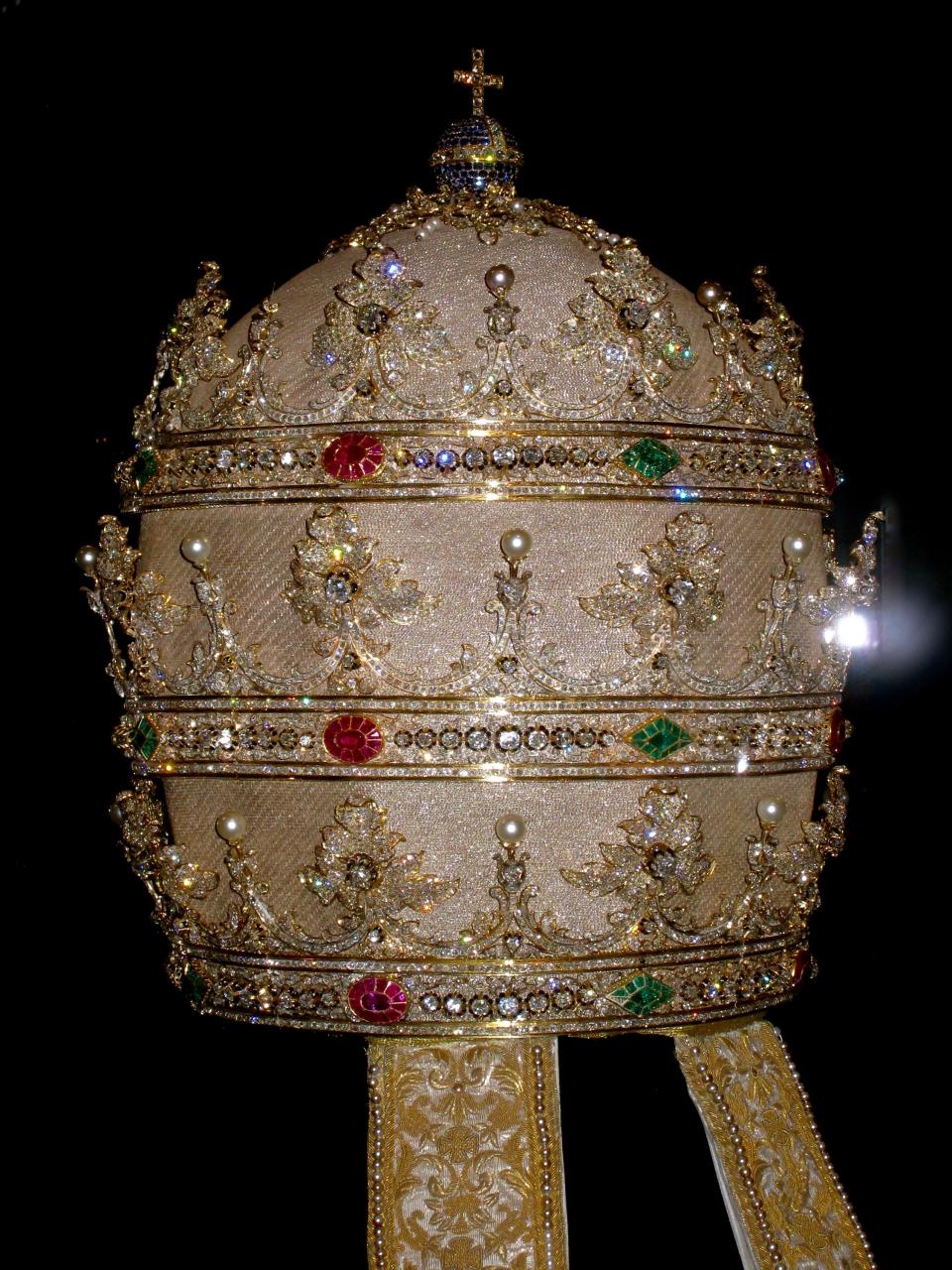
The exhibition further explores the ways that Catholic imagery and its storytelling tradition have shaped the creative minds of Catholic designers. (Hence why the fashion section of the show includes almost exclusively European and American designers raised in the Catholic faith. One notable exception is Undercover’s Jun Takahashi.) “As a curator, you are always interested in what drives creativity and what lies behind the designers’ and artists’ minds. I never thought it was religion. I never thought growing up Catholic had an impact on your creative development or creative impulses,” says Bolton. “Now I think that designers who’ve grown up Catholic do have this inherent storytelling tradition and imagistic tradition. Ostensibly the show is about Catholic imagery, but fundamentally it’s about creativity and what drives creativity. In this particular case, it’s one’s religious upbringing.”
To get to the real crux of the show, you have to dig a bit beneath its gilded veneer. Linger by a display of Rodarte haute couture gowns in the Lehman Wing and you’ll begin to see that “Heavenly Bodies” is also, in a way, the coda to the last three exhibitions Bolton curated: 2015’s “China: Through the Looking Glass,” 2016’s “Manus x Machina: Fashion in the Age of Technology,” and 2017’s “Rei Kawakubo/Comme des Garçons: Art of the In-Between.” If “China” was about the power of imagination, “Manus x Machina” about the craft of fashion as an art form, and “Rei Kawakubo” about the magnitude of unfiltered genius, then “Heavenly Bodies” ties it all up as a celebration of the transportive nature of creativity and aesthetics. There is imagination here, in the ways growing up Catholic has shaped a designer like Riccardo Tisci. There is craftsmanship in the papal vestments. And there is genius—the sacred genius of creation.
Bolton explains his ultimate goal thusly: “I think the show, fundamentally, is about beauty and the fact that beauty can fill the gap between the believer and the nonbeliever. That’s really one of the fundamental messages, looking at the role of aesthetics: the role that aesthetics plays within religion and the role it plays within fashion. I think that aesthetics has become sort of a dirty word almost, like it’s not enough. In some cases it’s not, but there’s a lot to be said for aesthetics. Many artists created works of art for beauty and the idea that beauty can transcend and can capture one’s imagination.” He pauses. “I have always been a great fan of that.”
Celebrating the idea that beauty can be transcendental couldn’t be better timed. Our world feels particularly ugly right now—and it looks it, too. Whether you point to the crooked visuals of our government or at the strange, jolie laide trends that have taken over the fashion world, popular aesthetics are veering dramatically into post-ironic territory, as though we’ve abandoned beauty as a concept and are living in the Upside Down. Yes, in “times like these” you could read a celebration of the beautiful as fanciful and trite, but beauty can be radical, too. Beauty can be a gateway to emotion, a celebration of truth, a release from evil. Amen to that.



